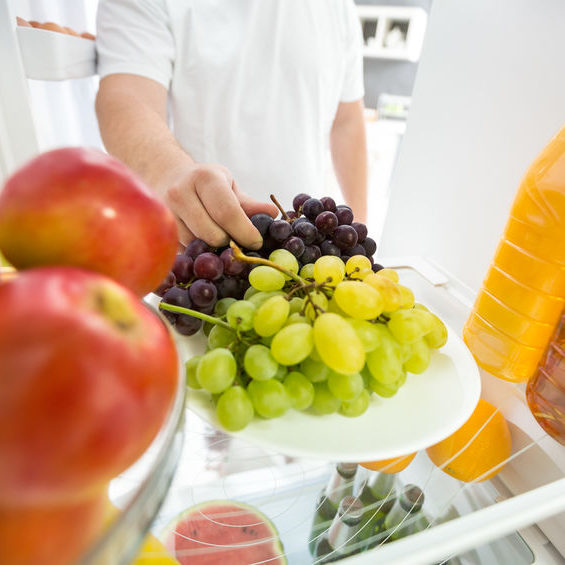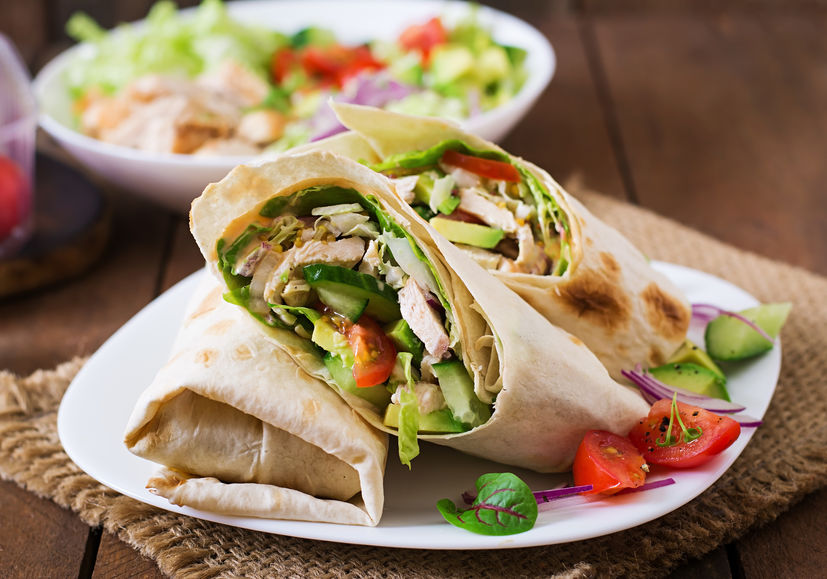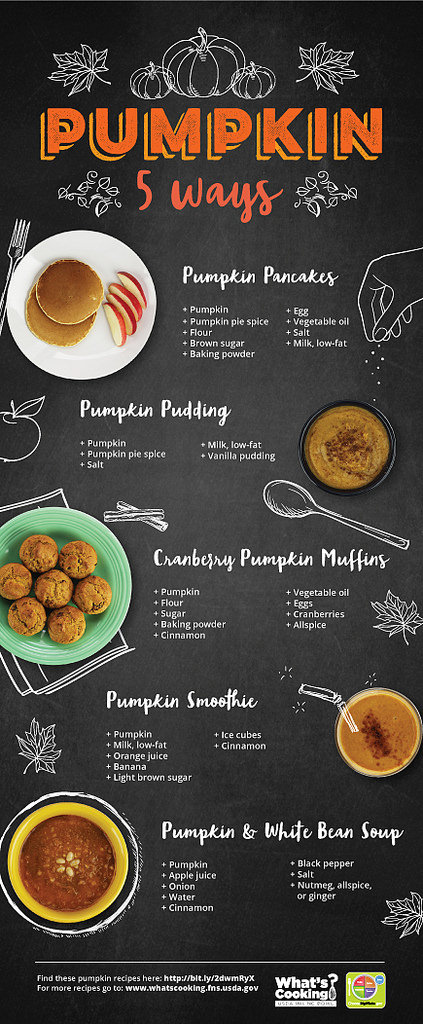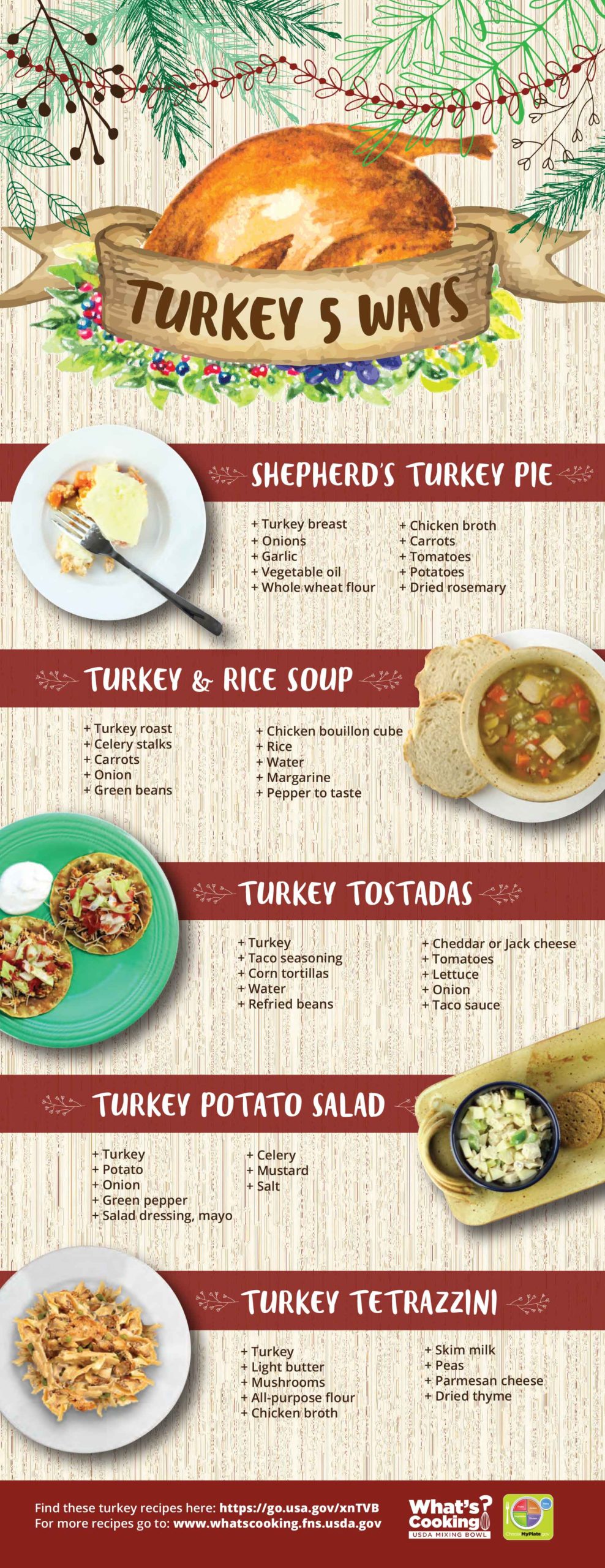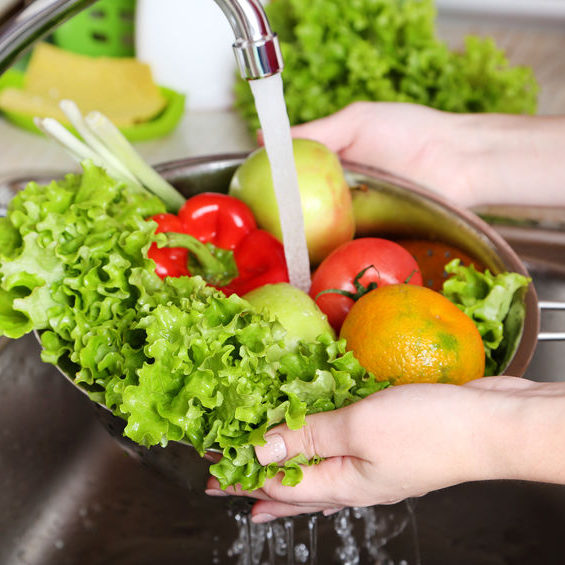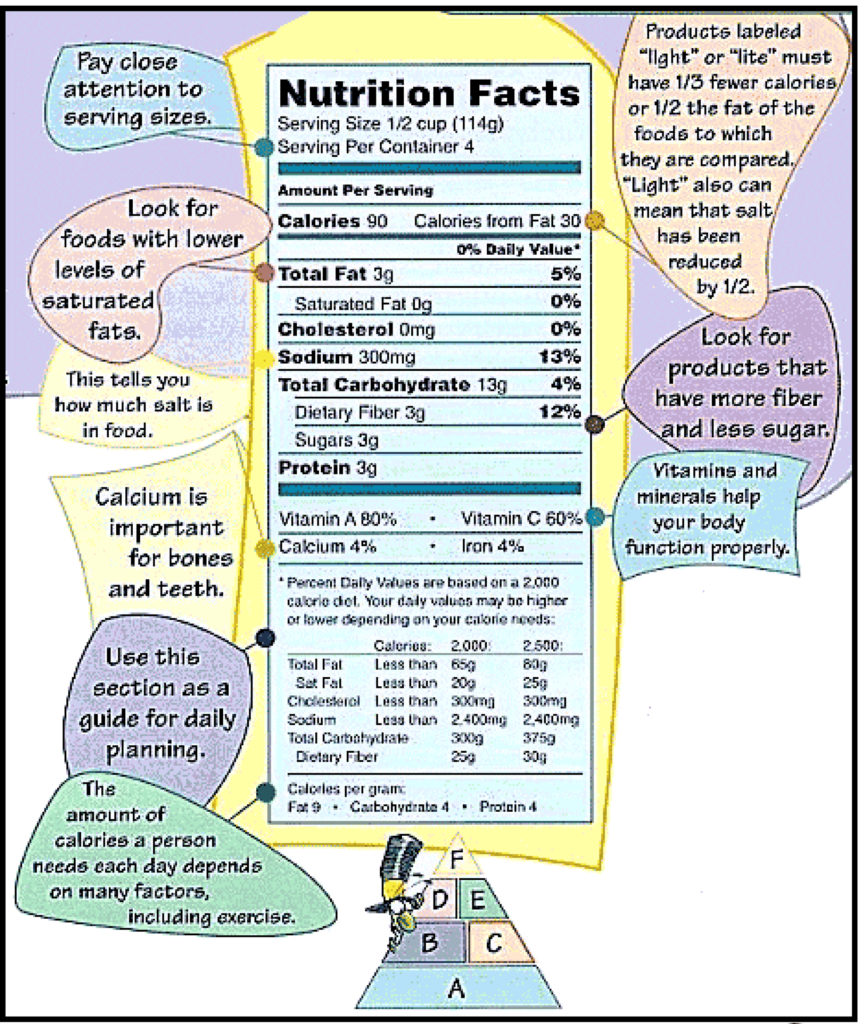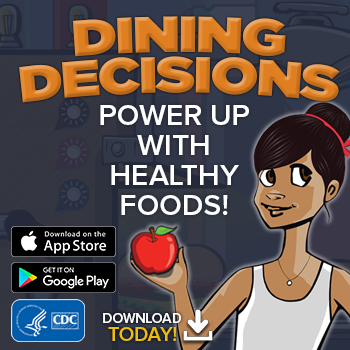Food Challenge #1
How much sugar do you normally eat?
The Food and Drug Administration (FDA) says kids ages 2-18 have a Recommended Daily Allowance (RDA) of 6 teaspoons of added sugar.
There are different kinds of SUGAR and each type impacts our bodies differently. Processed or "added" sugars are found in sodas, candies, cakes, and processed grains for example. Additionally, these food items often have hidden added sugars with different names. In FitQuest, we explore this concept with students using the Gross Rule, encouraging them to search for hidden added sugars by locating names on ingredients lists that rhyme with the word “gross” (I.e., glucose, sucrose, high fructose corn syrup, etc.). Often, our favorite sweets will have more than one type of sugar, and the #1 source of added sugars for kids are sugary drinks. However, not all sweet foods are bad for you! There are also natural sugars and sweeteners that are beneficial to the body, such as honey and real maple syrup! Fruits are also a great source of natural sugar, and they also contain large amounts of fiber, which helps the body manage sugar intake. Below is a chart with some snack foods and their sugar content. Students can use this chart as a visual aid to explore the sugar content of their favorite snacks and make healthy choices!
- Today, note how much sugar you normally eat.
- Use the chart below and make a goal to reduce the amount of sugar you eat for the next 2-3 days and chart your progress.
- See if you can get down to 6 teaspoons/day.
My Plate, My Wins!
Use the MyPlate as a tool and guide for healthy eating. Your nutrition is important and making informed, healthy decisions can help you feel your best!
FitQuest MyPlate Champion List
- Eat more fruits and veggies. Make half your plate fruits and vegetables everyday!
- Try whole grains. Ask for oatmeal, whole-wheat breads, or brown rice at meals.
- Re-think your drink. Drink water instead of sugary drinks, or 2 glasses of water after 4 oz of a sugary drink. If you can drink milk, try whole or low-fat options.
- Focus on lean protein. Choose protein-rich foods like beans, fish, lean meats, and nuts to encourage muscle growth. Explore which veggies and legumes provide lean protein.
- Slow down on sweets. Eat sweets, like cakes or cookies, once in a while and in small amounts.
- Be active your way. These healthy choices will provide your body with more energy. Explore different ways you can exercise and be active for at least 1 hour each day. Examples of positive ways to be active each day include walking to school, riding your bike, playing a sport with friends and/or helping with chores around the house.
Can you pledge to eat healthy and be active? If you answered yes, you have what it takes to be a FitQuest MyPlate Champion!
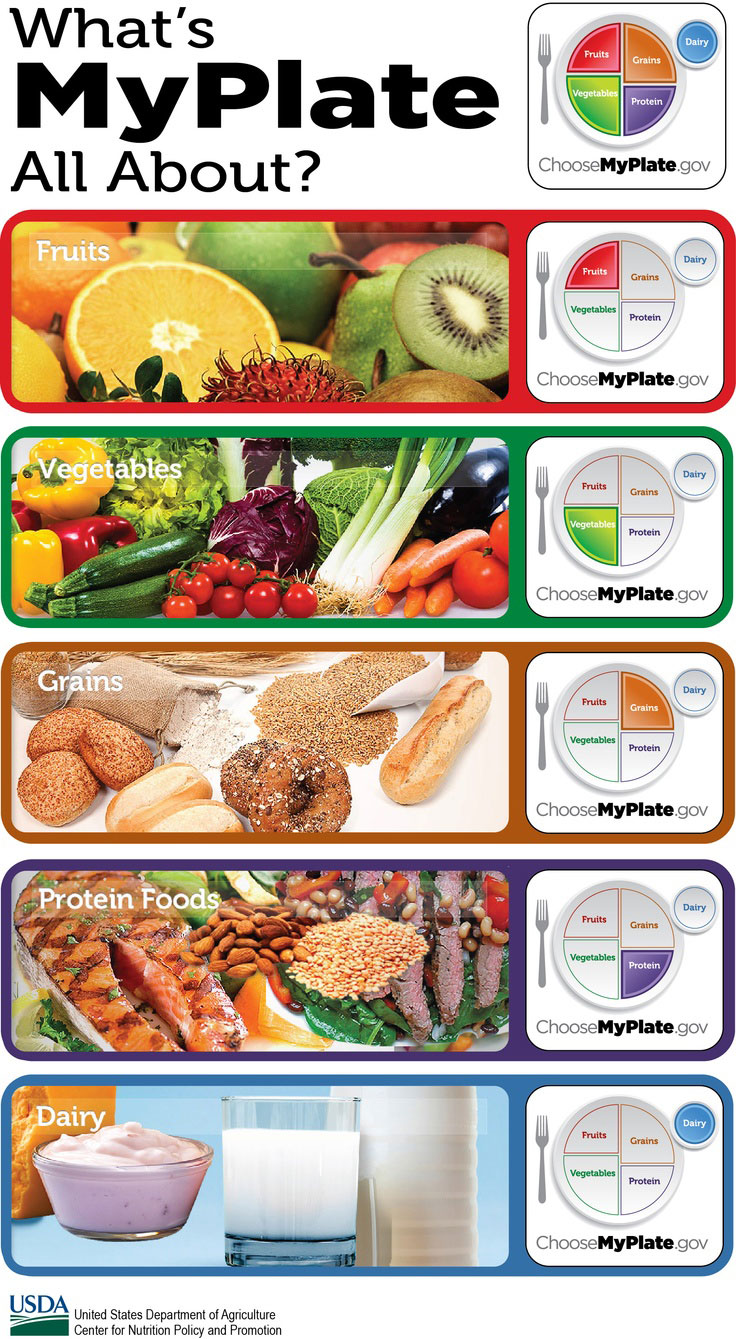
Veggies and fruit are superfoods and can be a delicious resource for keeping us well.
- What are your favorites? Often people answer strawberries, apples, and maybe carrots.
- The MyPlate recommends having half your plate be fruits and vegetables. Sometimes, all vegetables are a good idea on that half of your plate due to the sugar content in fruit.
- Eat a rainbow of colors of veggies, like a little bit of red cabbage with a mix of green lettuce, some grated carrots, and a diced tomato to make a good salad to start. Toss it with your favorite dressing and there you go! Add some fruits, or nuts, like walnuts, pistachios, or shelled sunflower seeds; this gives you more superfood nutrients, protein, and good fats.
- Raw vegetables are good, but so are cooked veggies. For example, steam some cauliflower and make a simple cheese sauce to pour over it, yum.
- Fruit and fruit nuts are also good in our diet. Toss in chopped fruit with some plain yogurt, (there is a lot of sugar in fruits, so be mindful,) add some nuts or granola, and what a treat!
- Veggies and fruits nourish our bodies.
- Be aware of any allergies you may have when taking these suggestions.
- Find more recipes and ideas at ChooseMyPlate.gov
While dairy products such as milk, cheese and yogurt are calcium-rich foods, there are other food items that can be used to boost your calcium intake. You may either be lactose intolerant or want to limit the amount of dairy you eat. If so, vegetables like broccoli, kale, and cabbage are a good source of calcium while also supplying energy-packed nutrients. Additionally, foods like almonds, shrimp, salmon, beans, chickpeas and molasses are rich in calcium. Vitamin D is essential in helping your body absorb calcium. Remember to look for it in milk alternatives, cereal varieties, orange juice, salmon, tuna, cheese, egg yolks and more to make the most out of your meals.
Whole grains are full of essential nutrients that help your body stay healthy and energized. Most familiar grains options are highly-processed, or refined grains, such as doughnuts, white rice, sweetbreads, bagels, tortillas and more. To become a refined grain, whole grains are processed and stripped of most of their nutrients and fibers. To add a sweet taste, added sugars are mixed in with the limited fibers and nutrients left, and an unhealthier source of grains is produced. Try oats, quinoa, brown rice, wheat, cornmeal, popcorn, oatmeal and whole-grain bread options to maximize the health benefits. Explore recipes and more at wholegrainscouncil.org.
Protein helps you grow and develop as a child, being the main proponent of muscle growth. Later in life, it helps your body repair cells and make new ones. Most kids think of meat when protein is mentioned, but there are other sources of protein that exclude meat. The options are eggs, beans, legumes, soy, various types of nuts, seeds, and certain fruits and vegetables. Remember a recommended source of protein is about the size of the palm of your hand.
Know your whole grains?
Make half your grains whole.
Add More Veg to Your Day
It's easy to eat more vegetables! Eating fruits and vegetables is important—they are full of vitamins and nutrients essential in supplying your body with energy. Their fun, vibrant colors are a bonus too! To easily add more into your diet, try having them as snacks throughout your day and when possible, make them an important part of your plate.
Hack Your Snacks
Healthy snacks keep you satisfied between meals.
Cooking with Rhody!
Nature-ade


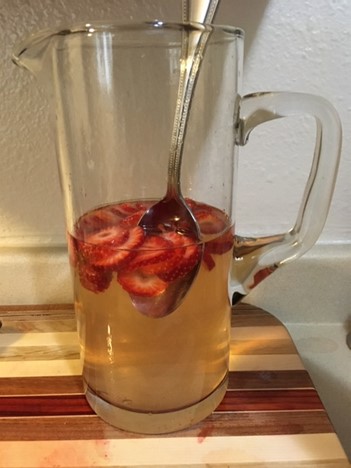
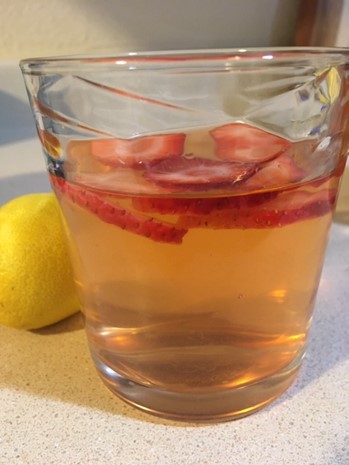
Do you ever reach for Gatorade, Powerade, or other drinks like this to rehydrate you when
you’re tired and thirsty? Sport drinks like Gatorade can be helpful when you are looking to hydrate after
running, swimming, hiking, dancing, or other ways you might get active. One reason these drinks help
you is because they have electrolytes; electrolytes help hydrate your body, reduce muscle cramps, and
more!
While this drink can be helpful, the amount of sugar in it can hurt our bodies. This is why
FitQuest has brought you a new “Nature-ade” recipe to replenish your body with less sugar. This recipe
uses a knife to chop, so make sure to get adult permission before beginning. You can always make
changes to the recipe if you’d like—here we go!
Ingredients:
- 1 liter of water (about 33 ounces)
- 4-5 strawberries
- ½ teaspoon salt (1/4 teaspoon if you want it less salty)
- 2-3 tablespoons lemon or lime juice (about 1 lemon or 2 limes)
Let’s get started! - Safely chop strawberries
- If you would like knife safety tips, check out the first two minutes of this video:
https://www.youtube.com/watch?v=G-Fg7l7G1zw
- If you would like knife safety tips, check out the first two minutes of this video:
- Chop lemon/limes in half
- Mix together salt, strawberries, and lemon/lime juice into the water
- Put your Nature-ade in the fridge to let it cool while the flavors infuse.
If you would like to switch it up, try adding different kinds of fruits and flavors! To learn more about
sugar and nutrition, visit https://fitquestkids.org/nutrition/ for games and activities.
Sources:
Looking for Snack Tips?
10 Tips for Making Great Tasting Snacks!
Easy Recipes
Learn how to make easy, nutritious, great-tasting recipes. You have the power!
Be Food Safe
A critical part of healthy eating is keeping foods safe! Reduce contaminants and keep food safe to eat by following safe food handling practices. Four basic food safety principles work together to reduce foodborne illness: Clean, Separate, Cook, and Chill.
Read the Label!
You have the power! Learn how to read the nutrition facts on a food label.
Cool Nutrition Label Tips?
. . . and how to make smart food choices!
Dining Decisions
Install the app on your cell phone today to help make healthy food choices every day.
Which is Best?
Though we cannot see each individual nutrient inside a vegetable, the color of the vegetable can be used as a visual aid to determine the amount of nutrients it may have in comparison to others. This is called the “Eat Your Colors” rule. This rule states that the more vibrant in color a vegetable is, the more nutrients it contains. For example, when comparing two different vegetables, you would need to determine which has more vibrancy in color. When examining two vegetables of the same type, the more colorful of the two would still have more nutrients, despite being the same type of veggie. Use this rule to determine which vegetables contain more nutrients below:

Lettuce?
Not Quite
Due to its high water content, iceberg lettuce is less nutritionally dense than dark leafy greens like spinach.
or

Spinach?
Correct!
Spinach has twice the vitamins and three times the minerals of lettuce. Romaine, butter and leafy lettuces are great too!

Cauliflower?
Not Quite
They are nutritionally similar, but broccoli has more Vitamins (C, and K).
Cauliflower provides a bit more Vitamin B-6.
or

Broccoli?
Correct!
Broccoli contains more Vitamins (C, and K) both are full of fiber and part of
a healthy diet.
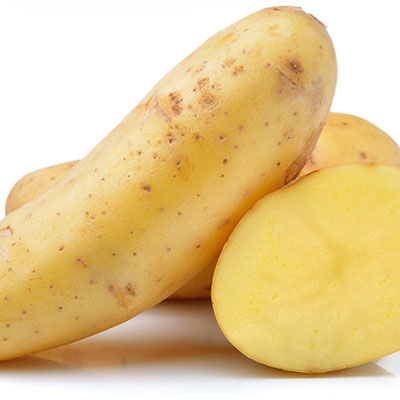
Potato?
Both Are Healthy in Moderation
Try roasted instead of fried.
or

Sweet Potato?
Both!
White potatoes provide more potassium, whereas sweet potatoes are incredibly high in vitamin A.
Rethink Your Drink
4 grams of sugar = 1 teaspoon.
Doctors suggest 6 total grams of sugar per day.
Sports Drinks
0 tsp
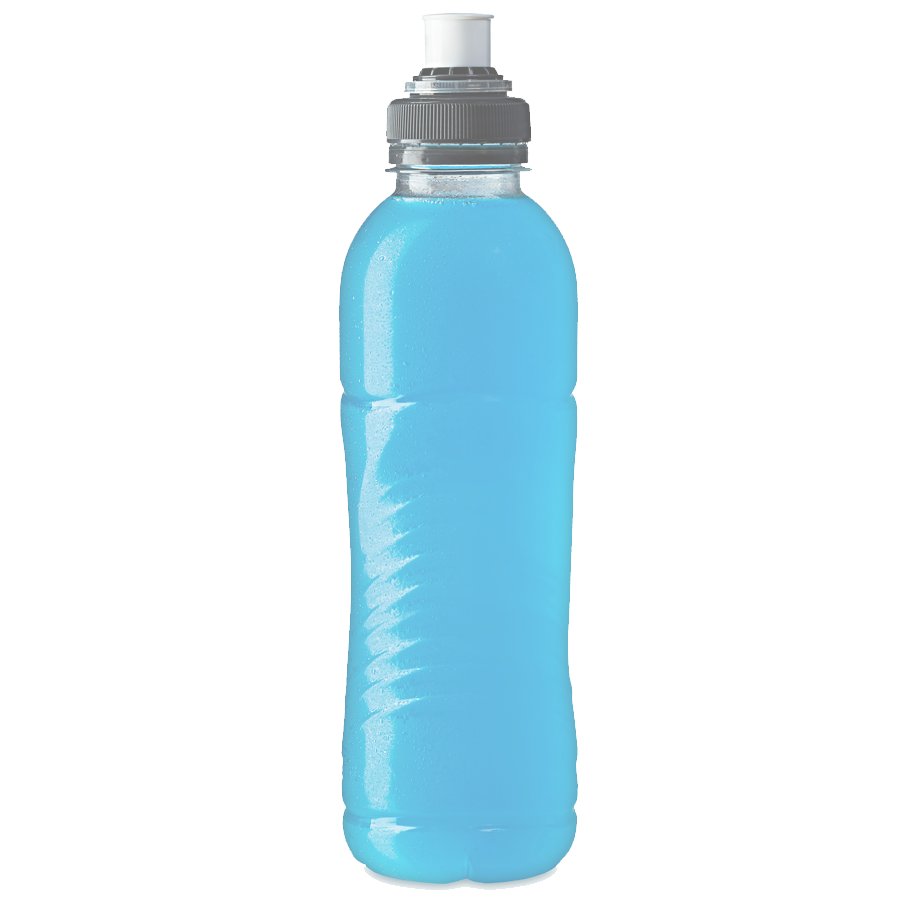
Soda
0 tsp
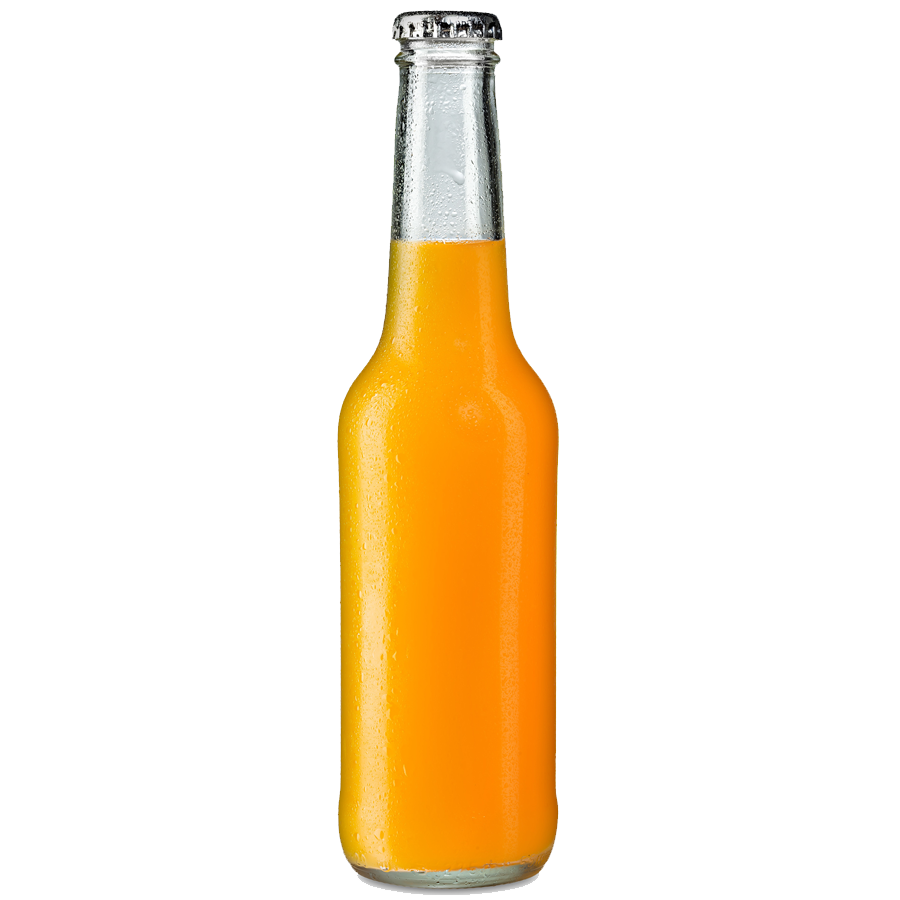
Iced Tea
0 tsp
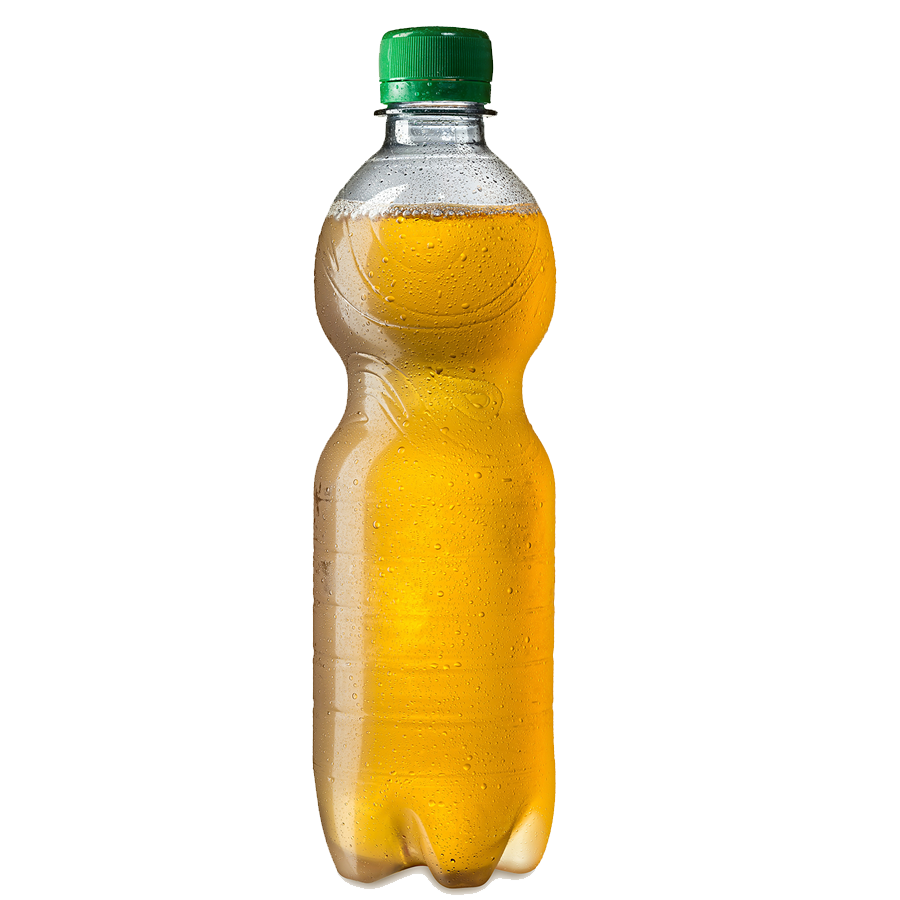
Energy Drink
0 tsp

Water!
0 tsp

Water for the Win!
Getting enough water every day is important for your health. Drinking water can prevent dehydration, a condition that can cause unclear thinking, result in mood change, cause your body to overheat, and lead to constipation and kidney stones. Drink water for the win! Rethink your drink!


